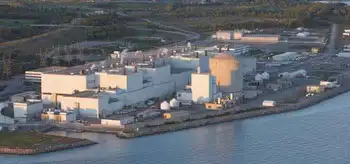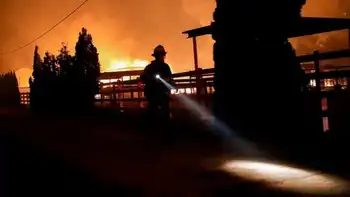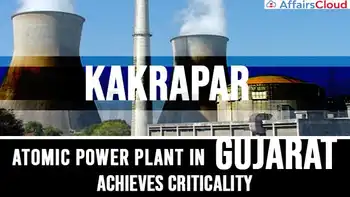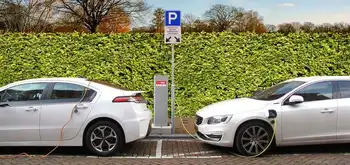Put green into your bottom line
By Globe and Mail
Substation Relay Protection Training
Our customized live online or in‑person group training can be delivered to your staff at your location.

- Live Online
- 12 hours Instructor-led
- Group Training Available
Energy conservation measures (ECMs) save money.
New lighting or better heating and air conditioning systems reduce the expense of running a building, and the money saved is just as good as money earned in any other way (or better, since it's tax free). The cost of such improvements should therefore be seen as an investment where the return usually begins immediately and often continues indefinitely.
These opportunities are available to everyone, including small businesses and homeowners, but they are especially relevant to large institutions such as universities and hospitals that have both physical plant responsibilities and endowments that they need to invest for maximum return.
Such organizations should immediately begin investing in energy conservation by liquidating other investments that yield less of a return than can be generated by investing in energy conservation measures.
Unfortunately, in the past, the focus has been on the upfront costs of making ECM improvements. These days, our current financial situation seems to permit even less spending on what's been viewed as environmental indulgence. But hard times should force us to make the comparison between spending on energy conservation measures and other potential uses of capital.
This is especially true in the case of large institutions that have both physical plant responsibilities and substantial endowment funds, because what that comparison shows is impressive. Consider the following examples.
If a building retrofit costs $1,000 and saves $200 per year in energy costs, it will pay for itself in five years. Most people wouldn't like the seemingly long payback time. But if the retrofit is, for example, a furnace upgrade and lasts for 10 years, then it will earn an average of 16 per cent per year, which is a far greater return than most options. If the retrofit is improved insulation and is expected to last 25 years, then the average return per year for each of those 25 years will be 19 per cent.
Some large institutions are aware energy conservation improvements offer savings and fund ECMs that can pay for themselves over time. Some decision-makers have accepted projects that can pay for themselves, even if they take as long as three years to do so. Money for these projects is sometimes taken from the utilities budget on the theory the savings will ultimately flow back to that side of the ledger. Many organizations, however, still demand such investments pay for themselves in a single year. If the cost cannot be recouped in one budget cycle, the opportunity is ignored.
Yet, even a three-year-payback policy is short-sighted because, as the examples show, the real opportunity to profit on the investment does not end after 36 months. If a new piece of equipment has an anticipated 20-year lifespan, then even if it takes, say, 12 years to pay back the upfront cost, there is still room for a healthy 20-year average-annual return of more than 5 per cent on the money spent. And some ECMs come with guarantees they will last for 15, 20 or 25 years.
Uncertainty about the future cost of energy makes it impossible to predict exactly how good the investment will be, but anticipating paying more is probably a safer bet than most investment decisions.











